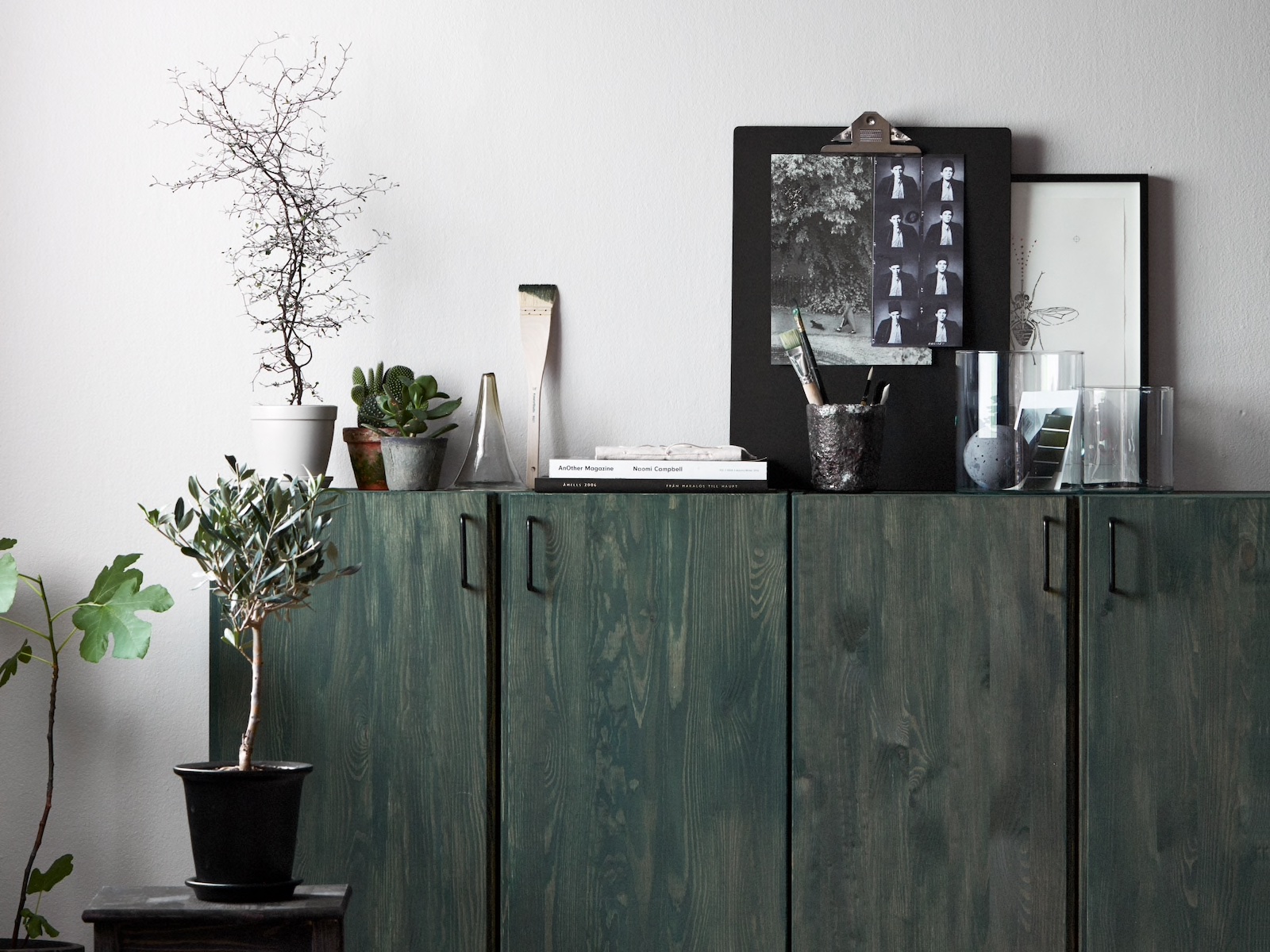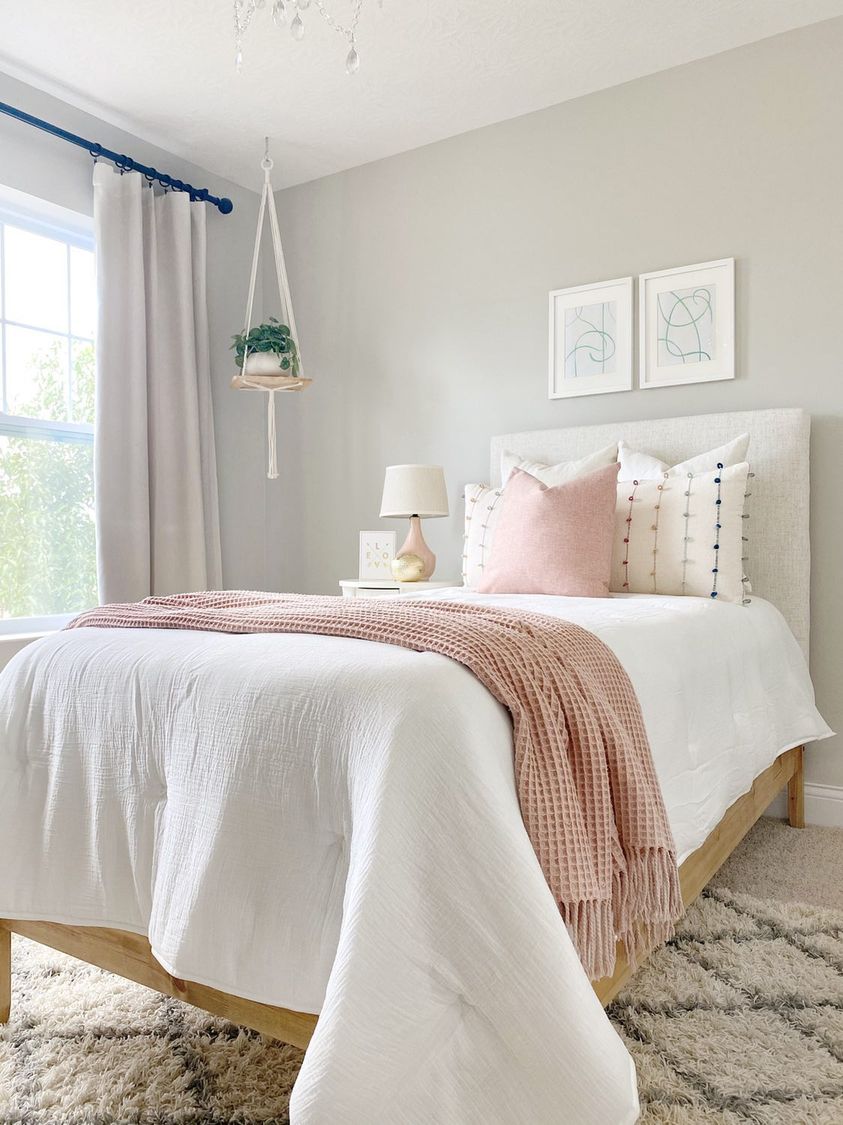
Whether you are wanting to transform your tired dining room table, or switch up your shelving, adding a wood stain to your items is a great way to reinvent your furniture. Where painted furniture can loose the beauty of natural wood, staining can retain it, while changing the look and feel of cheaper woods, making them look more expensive than they are.
It's the secret behind some of our favorite IKEA hacks, but what kinds of furniture can be stained, and how do you do it? We asked an expert for their advice.
Is it possible to stain IKEA furniture?
In order to produce affordable, high-quality wood products, many IKEA furniture items are made using melamine, or other laminate coatings.
Melamine is a chemical compound that is used to replicate the appearance and feeling of wood. Its durability, and scratch-resistant nature make it an ideal choice for cabinets and counters. However, as the coating creates a completely smooth surface, the stain is unable to penetrate as easily.
'Staining melamine or coated furniture poses challenges due to their non-porous surfaces. Unlike natural wood, stains won't penetrate melamine or laminate coatings effectively, resulting in poor adhesion and an uneven finish,' explains Nick Lopez, founder of Lime Painting.
'While it's technically possible to apply a stain, it's generally not recommended, as it may not produce the desired results,' says Nick, meaning it may not be the best choice for your IKEA BILLY bookcase hacks. 'Instead, consider alternatives such as painting or using specialized coatings designed for laminate surfaces.'
When does staining work?

Before deciding whether your IKEA pieces are suitable for staining, it's best to get to grips with what the process is, and how it works.
'Stains are typically suitable for use on porous surfaces, such as natural wood furniture, as they penetrate the surface to enhance the wood grain and color,' explains Nick.
While painting on wood runs the risk of losing all the natural beauty of the wood's grain, using a stain allows you to refresh the color while maintaining the unique pattern beneath.

'It's essential to note that not all types of wood take stain equally,' says Nick Lopez.
Lopez lists oak, maple, pine, and cherry as wood types that are suitable for taking on a stain, but some of these materials may cause more difficulty than others. 'For example, pine tends to absorb stain unevenly, resulting in blotchy finishes unless pre-treated with a wood conditioner. Additionally, engineered wood products like plywood or MDF may not absorb stain evenly due to their composition.'
However, with proper preparation, you can ensure the best possible results for your furniture. One common piece of furniture that IKEA hackers choose to stain is the IVAR cabinet, a budget-friendly buy made from pine.
What is the best technique for wood staining?
'For applying wood stain to furniture, proper surface preparation is crucial for achieving a flawless finish,' says Nick Lopez. 'Begin by sanding the furniture to remove any existing finish, dirt, or imperfections. This step ensures better stain absorption and promotes a smoother finish.'
Remembering to sand along the grain is best practice for achieving the most smooth, even finish.
'After sanding, wipe down the furniture with a tack cloth to remove dust and debris,' Nick continues. 'Then, apply the wood stain using a brush, rag, or sponge applicator, following the wood grain for even coverage.'







